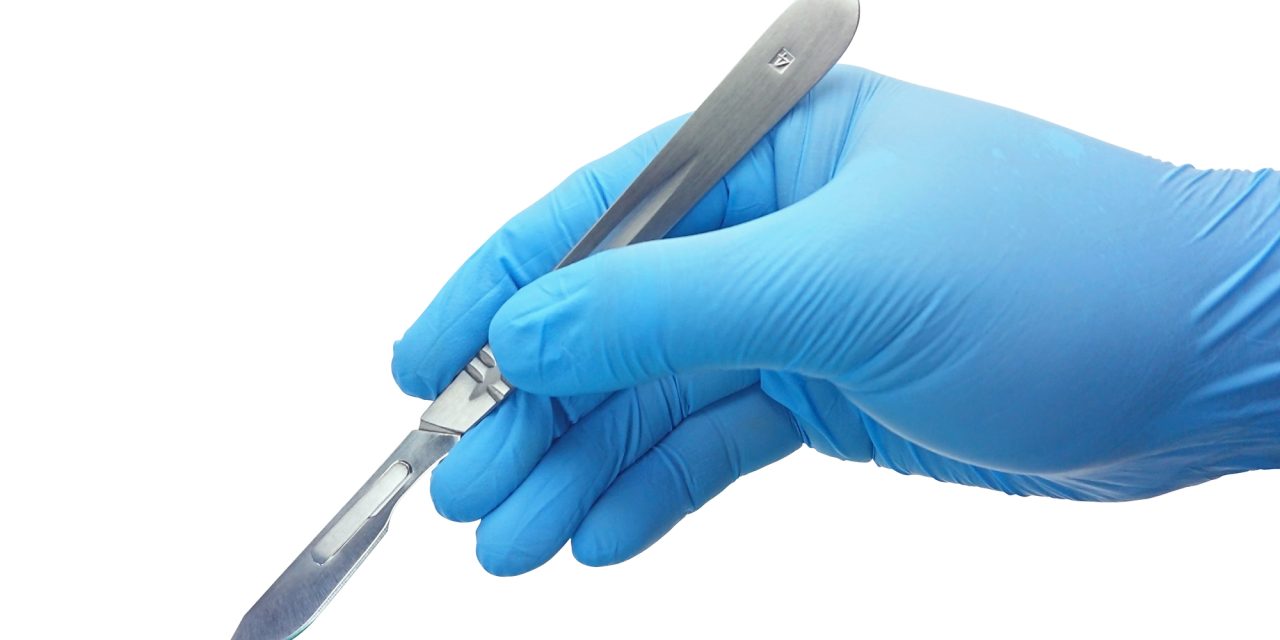The aim of this study was to use coronary computed tomography in patients with normal tricuspid aortic valves to perform detailed aortic root and aortic valve geometric analysis with a focus on the asymmetry of the three leaflets.
Retrospective analysis of anonymized coronary computed tomography angiograms was performed using dedicated software, where manual aortic root segmentation and marking of several points of interest were followed by automated measurements of aortic root and leaflets. Asymmetry of the three leaflets in individual patients was assessed by calculating absolute and relative differences between the largest and the smallest of the three leaflets.
We analyzed 70 aortic valves, the mean patient age was 53 ± 11 years, and 50% (n = 35) of patients were female. All aortic valves were tricuspid, without calcifications and aortic roots were of normal dimensions. Some degree of asymmetry was present in all analyzed valves. Absolute and relative differences for free margin length were 3.2 ± 1.4 mm and 9.3 ± 3.8%, respectively. The largest relative difference was noted in the coaptation area (36.5 ± 16.5%) and the smallest in leaflet effective height (6.1 ± 4.8%). Using predefined cutoff criteria for absolute differences in leaflet dimensions, 86% of the valves were classified as asymmetric.
Most normal tricuspid aortic valves show some degree of asymmetry. Equal free margin length of the three leaflets is not needed for normal tricuspid aortic valve function. Leaflet effective height showed the least amount of asymmetry confirming its importance in keeping the aortic valve competent.
© 2022 The Authors. Journal of Cardiac Surgery published by Wiley Periodicals LLC.
Aortic valve leaflet and root dimensions in normal tricuspid aortic valves: A computed tomography study.


